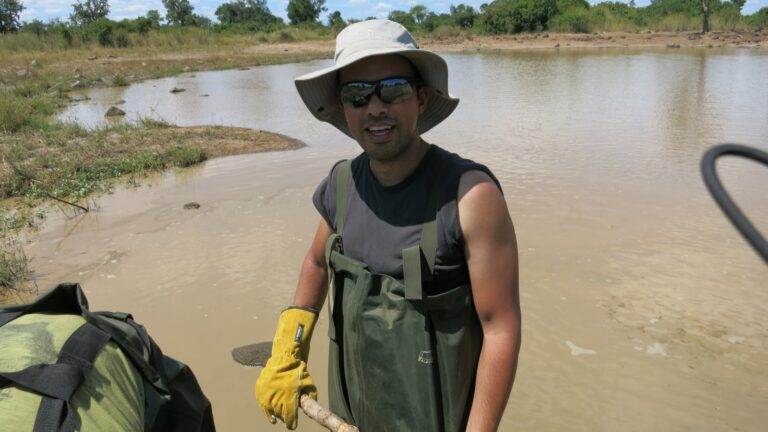German para-cycling champion Denise Schindler is creating a buzz at the Paralympic Games in Rio because she is the first Paralympic cyclist to compete with a 3D-printed prosthetic leg.
Her artificial limb — created by the US software company, Autodesk, with a heaping spoonful of Israeli R+D — is lightweight, has a sleek design and costs a fraction of other sports prostheses on the market.
“This is an excellent example to the way in which technology and innovative tools change the way in which we make things,” Eitan Tzarfati, the head of Autodesk’s Israel R&D center in Tel Aviv, told The Jerusalem Post. “In using generative design powered by algorithms we are at the beginning of a revolution in design and manufacturing. Human designers cooperate with powerful computers and advanced software in dealing with design limits.”
Autodesk opened its first development center in Tel Aviv in 2009. The center develops technology in the fields of 2D and 3D design, as well as for web, mobile and cloud computing platforms.
The innovative prosthesis shows how new technologies and manufacturing techniques can improve the game of disabled athletes.
The artificial limb modeled using an advanced cloud design tool called Fusion 360. The final design – after 52 versions — was 3D printed at Autodesk’s Pier 9 manufacturing facility in San Francisco.
Autodesk says the process can take as little as five days.
“My dream is to make better fitting performance prostheses accessible to all so I am really excited about the results of this project,” said Schindler. “Ultimately the number one most important thing about any prosthesis, and especially a sports prosthesis due to the amount of time spent training and competing in it, is comfort. Being able to develop a well-fitting prosthesis which doesn’t compromise on performance, in less time and for less money than traditional means is a real breakthrough.”
Fighting for Israel's truth
We cover what makes life in Israel so special — it's people. A non-profit organization, ISRAEL21c's team of journalists are committed to telling stories that humanize Israelis and show their positive impact on our world. You can bring these stories to life by making a donation of $6/month.








